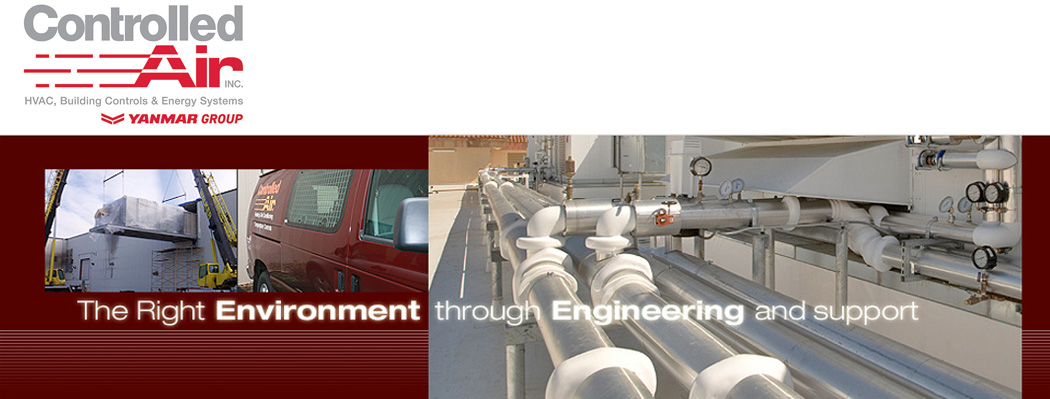Heat Exchangers
Cooler weather is quickly approaching. With the hot summer we had, the last thing we might think about is the heating components of our HVAC system. In a rooftop unit or furnace, the transfer of heat from the direct fire to the air flowing into the space is the job of the heat exchanger. The heat exchanger is critical to proper heating and as such, should be inspected annually to avoid unforeseen problems.
In a rooftop unit, the heat exchanger has been exposed to condensation all summer because it is positioned after the cooling coil and the interior of it is exposed to the outdoor humidity. The humidity will condense on the inside and will over time cause rust to form. This rust will cause the heat exchanger to crack and allow an opening between the fire and air side of the exchanger. Under the right conditions carbon monoxide may enter the airstream into the building.
In most cases, we find the crack in the exchanger allows system air to flow into the fire chamber due to the positive pressure from the system fan. This air flow tends to impinge or distort the flame on the burner and blow the fumes into the unit cabinet. In a worse case scenario, the system air will cause the flame on the burner to roll out of the exchanger into the compartment of the unit.
It is important to be aware that when a contractor finds a bad heat exchanger that could cause harm, injury, fire, or damage to property, technicians are instructed to shut off the equipment. If inspected by a utility company, they will red-tag the equipment and lock off the gas supply.
Maintenance for a heat exchanger is an inspection only as there is little that can be done to stop the condensation and decaying process. Proper heat exchanger performance also ensures that the unit operates at its peak efficiency. A yearly inspection service will look for cracks, plugged or blocked passages, and proper flame color, size or appearance across or out of the burner.
